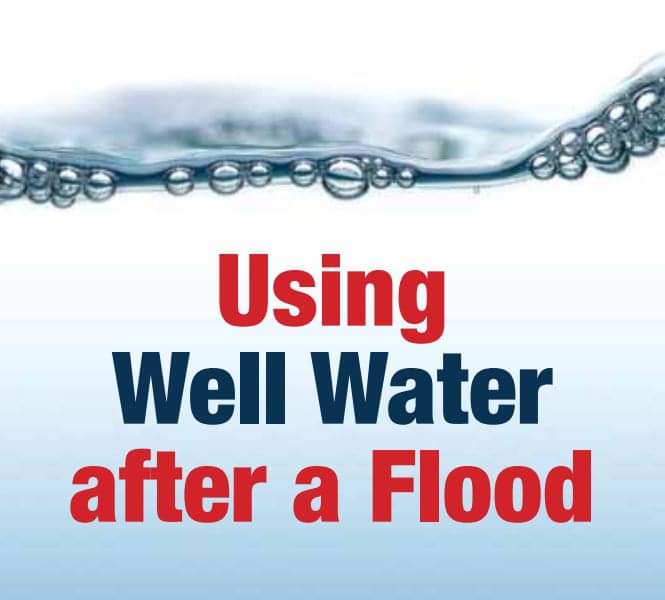**** HRM Media Release
Using well water after a flood

After a flood, your well water may be contaminated with bacteria and chemicals that can make you sick. Here are some great tips from the Nova Scotia Government Department of Environment and Climate Change website:
First steps:
1. Stop using your well water for drinking, cooking, and washing yourself.
2. Remember: drinking water includes water used for drinking, making formula, juice, and ice cubes; washing fruit and vegetables; and brushing your teeth.
3. Stay away from your well pump when it is flooded—you could get an electric shock.
4. Hire a certified well contractor to check your well and its wiring and to restart the well pump, if needed.
Once your well is working again, follow these steps:
1. Flush the well. Run a tap until the water runs clear to get rid of floodwater.
2. Disinfect the well
3. Flush the well again. Make sure that you run the tap long enough to flush all the disinfectant from the well.
4. Test the water for bacteria before you use it for anything other than household cleaning.
5. Test the water for chemicals if: a spill occurred near your well, such as from an oil tank; the water is cloudy or has an unusual smell; two years have passed since the last chemical test
After the test results: If the water does not run clear or the test shows contamination in your well, contact Nova Scotia Environment for advice.
https://www.novascotia.ca/nse/water/docs/FACT.SHEET.Well-Water-After-a-Flood.pdf



